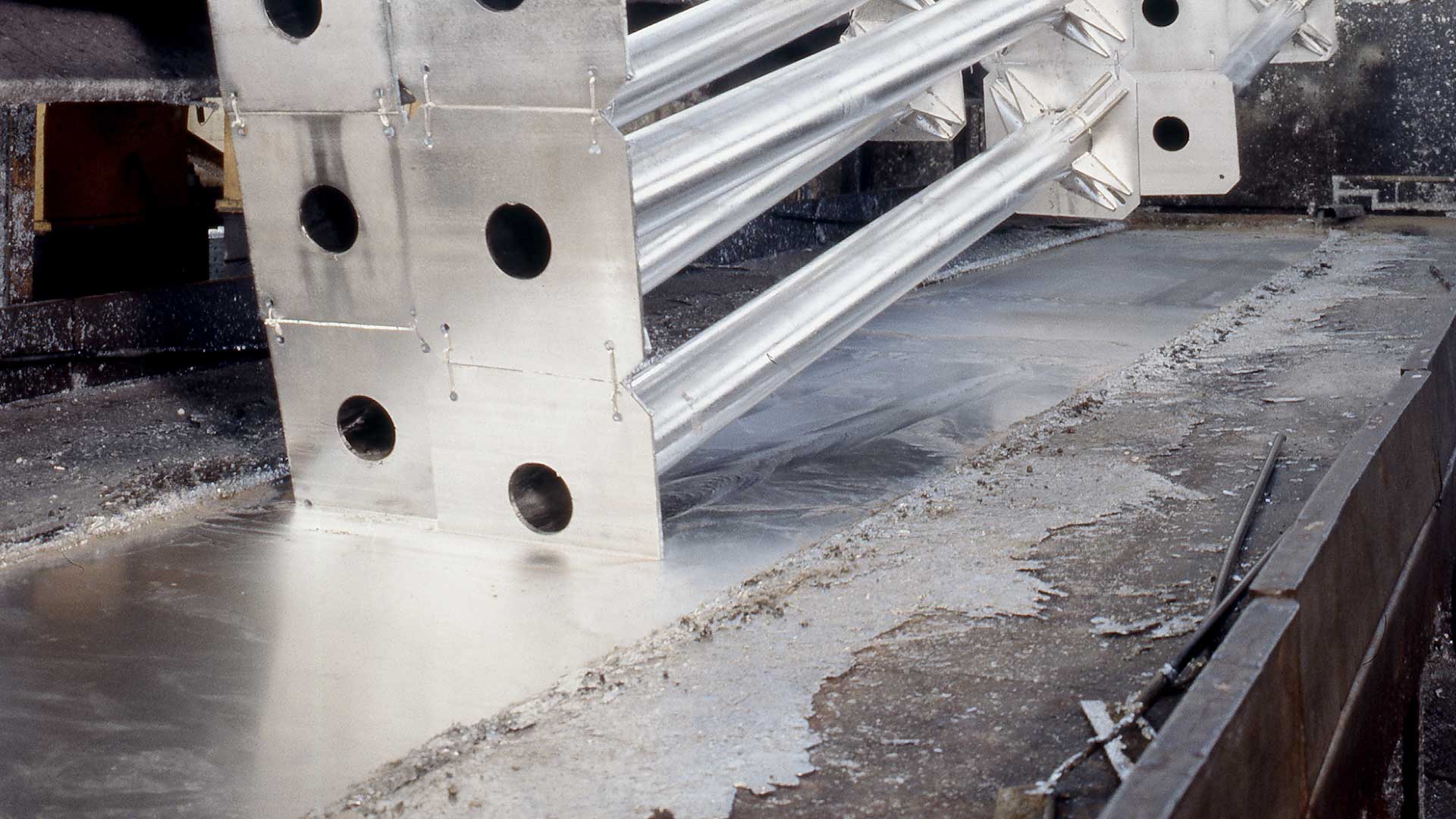Five Ways to Reduce Cadmium Exposure in the Workplace

#1: Look for Less Toxic Alternatives to Cadmium in Materials and Processes
The first step to reducing exposure to toxic materials is to consider whether there are less toxic alternatives that provide the same benefits. The battery industry has been steadily moving away from nickel-cadmium batteries to lithium-ion alternatives, which are considered less dangerous for human health and the environment. The paints and coatings industry has also been working to replace cadmium in pigments and corrosion-resistant coatings. It may be possible to find materials that offer similar performance characteristics with fewer health and environmental concerns than cadmium. However, there are not yet suitable replacement materials for all applications.
#2: Implement Effective Housekeeping and Industrial Hygiene Practices
If your processes produce cadmium-containing dusts, make sure that all employees are following appropriate hygiene and housekeeping practices. Keep dust from accumulating on surfaces in the workplace. Use a high-powered vacuum system with HEPA filters to collect dust rather than a broom and dustpan, which can kick dust back up into the air. Use personal protection when emptying dust collector trays or vacuum bags. Make sure that employees do not eat or drink in areas where they may be exposed to cadmium dust and wash their hands upon leaving these areas. Remember that cadmium is considered a hazardous waste; consult your local hazardous waste guidelines for proper disposal of dusts containing cadmium.
#3: Implement Effective Engineering Controls for Cadmium Dust Collection
OSHA mandates that engineering controls, such as ventilation or air filtration, be used as a first line of defense in meeting PELs for cadmium exposure. If dust levels are low, a good ventilation system may be enough to keep cadmium dust under control. But most companies will want to install dust collectors to filter particulates out of the air and return clean air back to the facility. Depending on your processes, this may be accomplished using source capture systems such as hoods and enclosures (for robotic processes), portable fume collection systems or backdraft/sidedraft tables. If dust cannot be controlled close to the source, ambient systems such as the RoboVent Vortex can be used to clean air for the entire facility.
#4: Use Personal Protection as a Last Resort
If engineering controls are not able to keep cadmium exposure within recommended PELs, personal protection equipment (PPE) can be used to protect workers who are directly exposed to cadmium dusts. A welding ventilation mask, or a Powered Air Purifying Respirator (PAPR), works well for cadmium dust exposure. Remember that PPE is not a substitute for effective engineering controls. PPE must be available to all employees exposed to cadmium above the OSHA Action Level (AL) of 2.5 µg/m3 and must be required for employees exposed above the OSHA PEL of 5 µg/m3.
#5: Implement Health Education and Monitoring Programs for Employees
All employees subject to cadmium dust exposure should understand the risks and know how to protect themselves. Make sure your training programs include information about the health effects of cadmium, symptoms to watch out for, appropriate housekeeping and hygiene practices, and the proper use of engineering controls and PPE. Employees who are exposed above the OSHA AL for 30 or more days in a year must also participate in a medical surveillance program including regular health exams to monitor for exposure effects.
Want to know more about cadmium dust exposure and control? Download our white paper: Reducing Occupational Exposure to Cadmium.
Contact Us With Your Questions!
SUBSCRIBE TO
BLOG UPDATES









